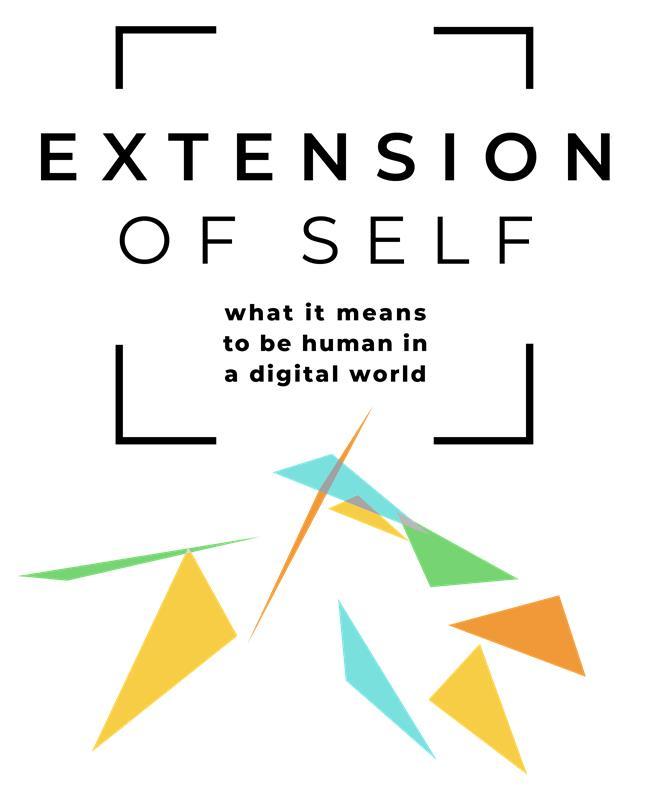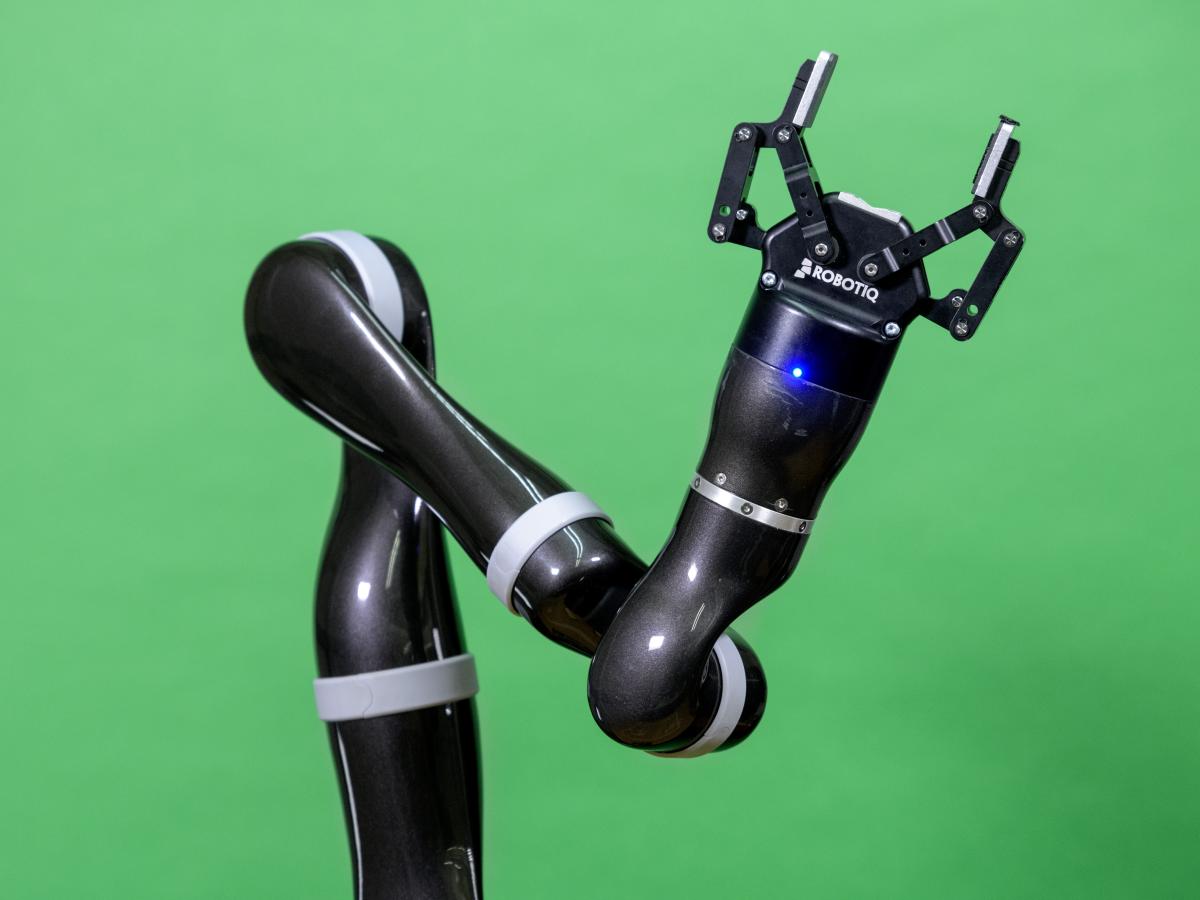
Extension of Self: what it means to be human in a digital world
August 8 – October 14, 2022
Curated by Birney Robert
(text and background only visible when logged in)

In What Makes An Object Evocative?, Sherry Turkle’s character “feels so close to her laptop that she cannot tell where it leaves off and she begins. Her self-understanding depends on analysing the flows and rhythms that pass between herself and the machine” (Turkle 2011, 325). Turkle’s character, and our own daily experience, raise questions worthy of further exploration.
- When does technology become an integrated extension of self?
- How does the use of assistive technology enhance your independence and quality of life?
- When is an object a tool, and when does it become an extension of one’s identity?
The digital world has brought about transitions that include analog to digital, physical to virtual, and material to dematerialized.
The lines have often become blurred between a person’s agency over objects, and objects’ agency over a person. In the wake of digital surveillance, artificial intelligence, and machine learning, objects possess a new form of agency which approach a limited type of consciousness. This exhibit addresses what it means to be human in a digital age, focusing on the material and dematerialized culture that humans have created.


Our clothes, gadgets, and various types of implants are all an extension of ourselves.
As fashion can be a part of our identity, app collections and social media accounts become an extension of our minds within the cloud. Artists Eve Brown, Emma Chammah, and Bojana Ginn all combine textiles with more contemporary technologies such as virtual reality, social media, and 3D modeling to create a body of work that offers an interactive and immersive experience.
Certain technologies have become vital to our day-to-day lives.
Some examples include a continuous glucose monitor (CGM) for a person with diabetes, a power wheelchair for a person with limited mobility, social media for a person seeking connection, and a computer and broadband internet for school-aged children and adults during the COVID-19 pandemic. However, with the rise of personal data collection and digital surveillance within these technologies, we are being categorized and profiled by our internet searches, movements, health related factors, and habits.
Artists Chanell Angeli, Eve Brown, Ashutosh Dhekne, and Noura Howell explore surveillance within digital technology, and how digital technologies can be used to explore our multiplicities and depth as humans, as opposed to being flattened out, categorized, and tracked by digital devices.
Artist Talk, September 15, 2022
Four artists from the Extension of Self exhibit sit on a panel with Birney Robert to discuss their art practice and how they navigate the digital world and identity.
The artists
All six artists in Extension of Self: what it means to be human in a digital world, question the role that digital technology plays while integrating it into their work to create interactive art for the viewer to explore. Our identities will continue to be complex and full of multiplicities. We invite you to take some time to interact with these pieces and to ask yourself what it means to be human in a digital world.
